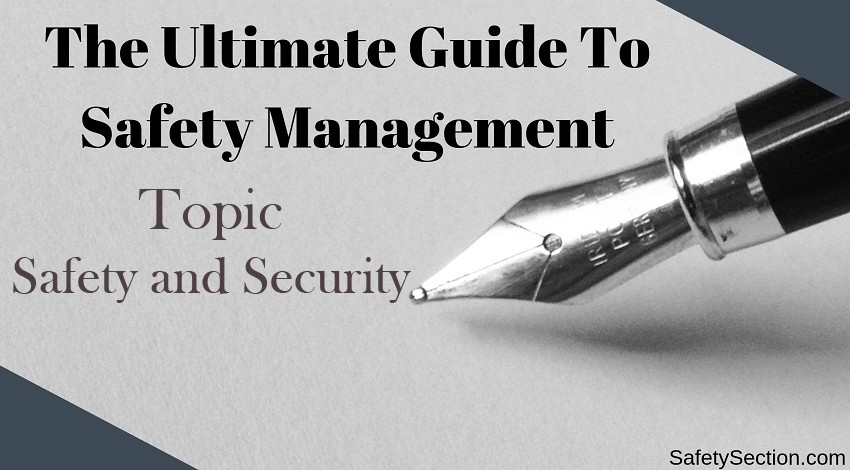When discussing the concepts of safety and security, it’s essential to understand that while they are often used interchangeably, they have distinct meanings and applications. Knowing the difference can help you better address various risks and protect yourself, your loved ones, and your assets.

What is the difference between Safety and Security?
Monitoring of Safety and Security in the Workplace

Ensuring both safety and security in the workplace is critical for the well-being of employees and the protection of company assets. Effective monitoring of these aspects involves systematic approaches to identify risks, implement preventive measures, and respond to incidents. Here’s a comprehensive guide on how to monitor safety and security in the workplace.
Understanding Safety and Security
Safety in the workplace involves preventing accidents and injuries through hazard control, safe practices, and compliance with health regulations. Security focuses on protecting employees and assets from intentional harm, such as theft, vandalism, or cyber attacks.
Key Strategies for Monitoring Safety
- Regular Inspections
- Conduct frequent workplace inspections to identify potential hazards.
- Use checklists to ensure all areas and equipment are examined thoroughly.
- Safety Audits
- Perform periodic safety audits to evaluate the effectiveness of safety programs.
- Review accident reports, safety training records, and compliance with safety regulations.
- Incident Reporting Systems
- Implement a system for employees to report accidents, near-misses, and unsafe conditions.
- Analyze reports to identify trends and areas needing improvement.
- Safety Training
- Provide ongoing safety training to employees to ensure they understand and follow safe practices.
- Use drills and simulations to prepare for emergencies.
- Risk Assessments
- Conduct risk assessments to evaluate potential hazards associated with tasks, equipment, and processes.
- Develop and implement control measures to mitigate identified risks.
Key Strategies for Monitoring Security
- Access Control Systems
- Use access control systems to restrict entry to authorized personnel only.
- Monitor access logs to detect unauthorized attempts to enter restricted areas.
- Surveillance Cameras
- Install surveillance cameras in key areas to monitor activities and deter criminal behavior.
- Regularly review footage to identify suspicious activities.
- Cybersecurity Measures
- Implement cybersecurity protocols to protect digital assets from cyber threats.
- Use firewalls, antivirus software, and regular security audits to ensure network security.
- Incident Response Plans
- Develop and maintain incident response plans for security breaches and emergencies.
- Conduct regular drills to ensure employees are prepared to respond effectively.
- Employee Awareness Programs
- Educate employees about security policies and procedures.
- Encourage vigilance and reporting of suspicious activities.
Integrating Safety and Security Monitoring
- Unified Policies and Procedures
- Develop integrated policies that address both safety and security concerns.
- Ensure that procedures are clear and accessible to all employees.
- Coordinated Incident Management
- Create a centralized system for reporting and managing both safety and security incidents.
- Use incident data to inform continuous improvement efforts.
- Technology Integration
- Utilize technology solutions that combine safety and security monitoring, such as smart sensors and integrated software platforms.
- Implement systems that provide real-time alerts and data analytics.
- Leadership and Culture
- Foster a workplace culture that prioritizes both safety and security.
- Encourage leadership to model safe and secure behaviors and to support monitoring efforts.
Benefits of Effective Monitoring
- Reduced Incidents: Proactive monitoring helps in identifying and mitigating risks before they result in incidents.
- Compliance: Ensures adherence to safety and security regulations, avoiding legal penalties and enhancing organizational reputation.
- Employee Well-being: Enhances the physical and psychological well-being of employees, leading to higher morale and productivity.
- Asset Protection: Safeguards company assets from damage, theft, and loss, contributing to financial stability.
Effective monitoring of safety and security in the workplace is essential for creating a safe, secure, and productive environment. By implementing comprehensive strategies and fostering a culture of vigilance, organizations can protect their employees and assets, ensuring long-term success and sustainability.
